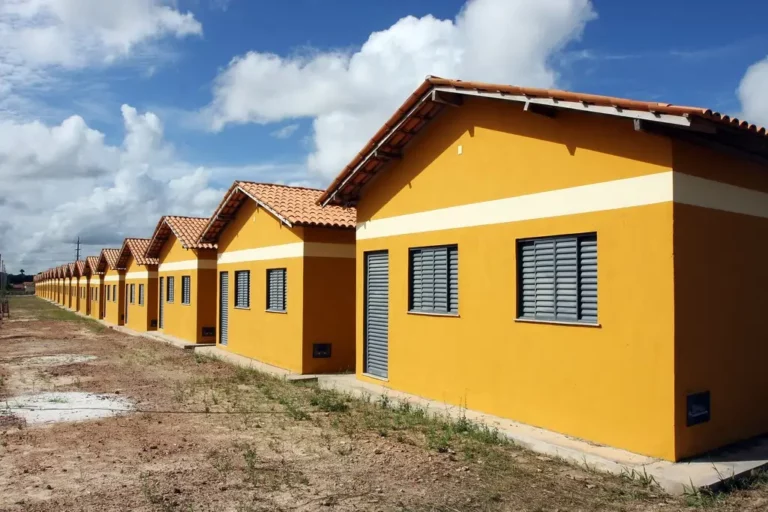
The Social Rent Card is a programme created to offer temporary financial support to families facing conditions of vulnerability, especially those affected by natural disasters or at risk of homelessness. The main aim of this benefit is to guarantee access to decent and safe housing, helping families to overcome moments of crisis and re-establish their stability.

This financial assistance programme is developed by state or municipal governments to help low-income families in emergency situations such as floods, landslides, fires or expropriations. The benefit is granted on a temporary basis, with the aim of covering the cost of renting a new home while the beneficiaries are unable to meet these expenses on their own.
The initiative also seeks to prevent homelessness and inadequate housing by offering families an alternative that promotes safety and dignity.
The Social Rent Card is mainly aimed at families facing financial and social difficulties. The most common eligibility criteria include:
It's worth noting that the criteria may vary depending on the locality, and it's necessary to present documents proving the emergency or vulnerability situation, such as technical reports and proof of residence.
The way the benefit works can vary from one region to another, but in general it works as follows:
The programme offers significant benefits, such as:
Despite the benefits, the Social Rent Card faces some challenges. These include a lack of resources in some locations, delays in payments and bureaucracy in approving the benefit. In areas where rent costs are high, the amount offered may be insufficient, forcing families to look for housing in less accessible regions.
The Social Rent Card is an essential tool for guaranteeing the right to housing in emergency situations. In order for the programme to be even more efficient, government efforts to expand access, streamline processes and ensure transparency in management are essential.
If you need this support, contact your local social welfare office or follow the official local government channels to find out how to apply and what documents you need. This initiative can make a difference to the lives of those facing difficult times.